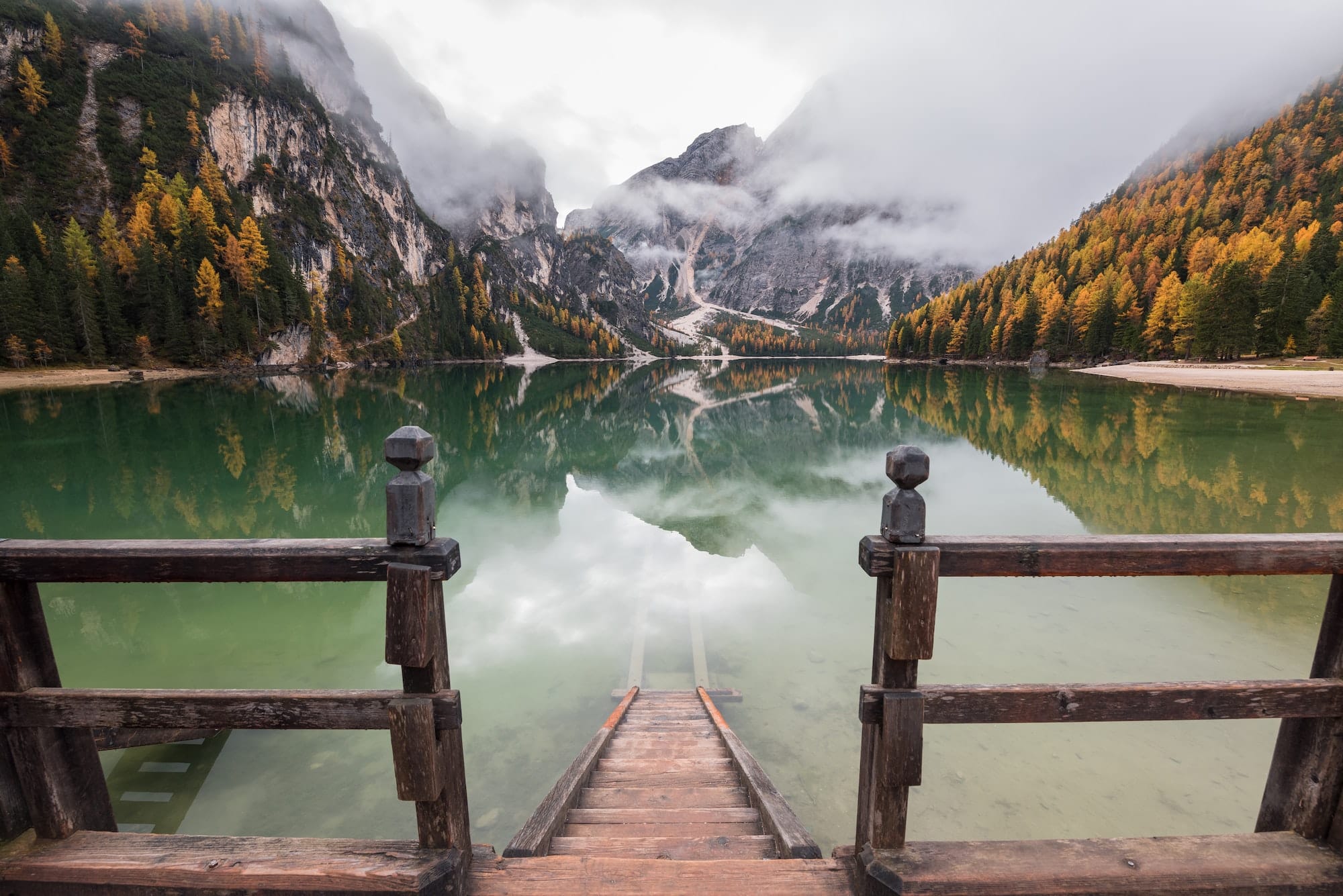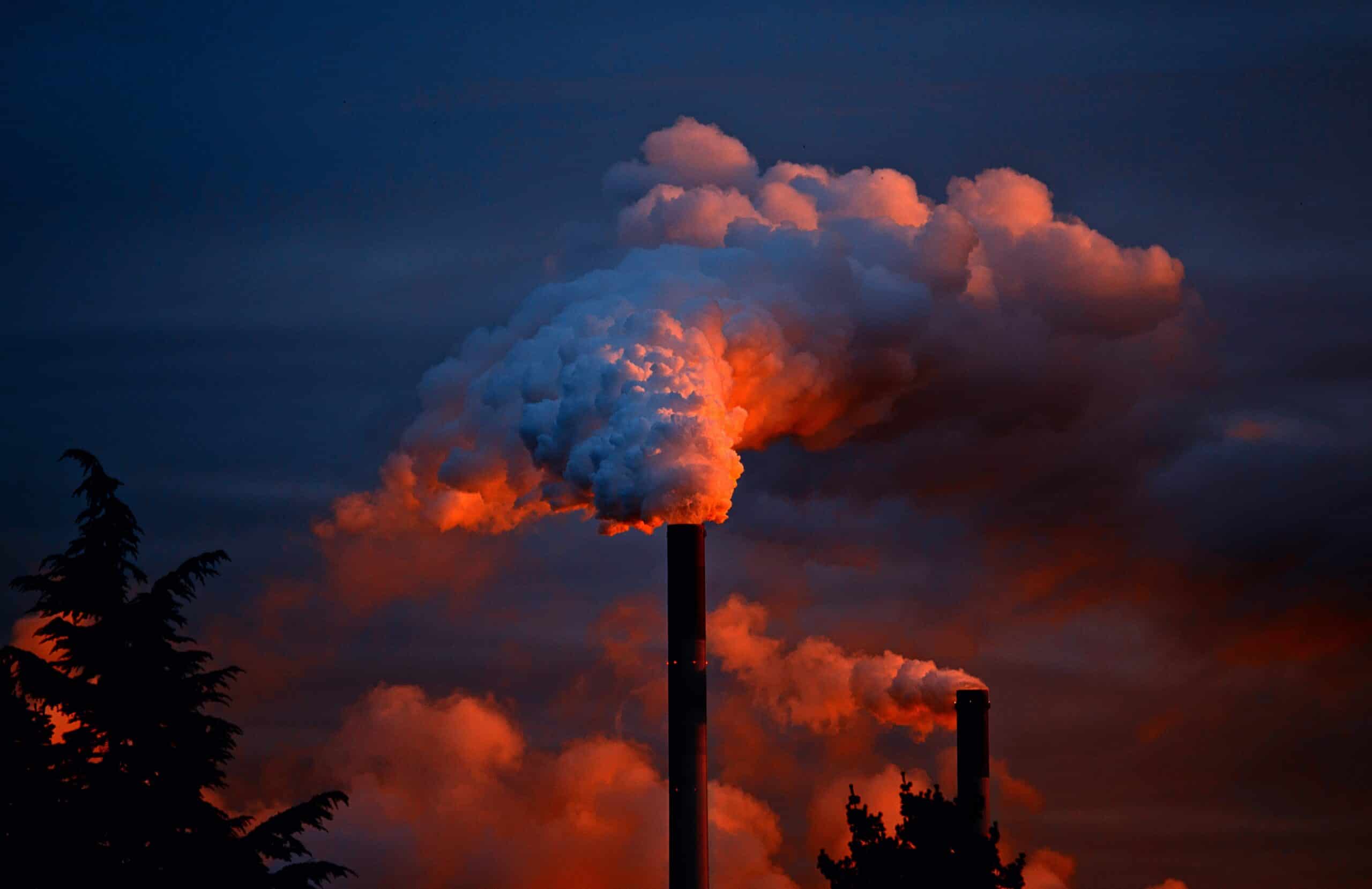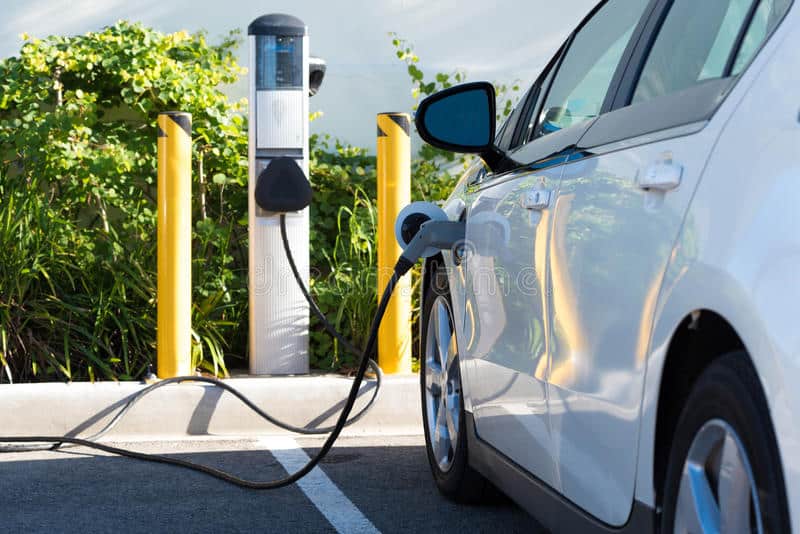The earth is made up of 71% water, with the ocean holding nearly 97% of the earth’s water, so where is the rest? Why is freshwater in a decline, and where is it going?
For clarity, it is important to understand the differences in water on earth, as we look at where water is on the earth, and what type of water it is. 96.5% of earth’s water is in the ocean, 69% is in ground ice and permafrost, and 68.7% of water is stuck in glaciers and ice caps. Lakes take up about 20% of water, while 30% of water is found in the ground. Where does freshwater fit in?
Freshwater is not water as far as the eye can see, like the ocean, it is instead found in rivers, lakes, reservoirs, streams, creeks, and runoff water. Freshwater is defined as naturally occurring water that is not salty, and is suitable for consumption if cleaned or processed.
Only 3% of water is freshwater, and ⅔ of that is tucked away in glaciers, therefore inaccessible. In many places around the world, water is scarce and completely inaccessible. In other areas around the world where water is accessible or attainable, it is hard to find for at least one month out of the year. 1.1 billion people in the world lack access to water and another 2.4 billion are unable to properly clean themselves because they have no water access. While access to freshwater should be a basic human right, many areas around the world find themselves lacking it in their daily lives. Water scarcity is a real issue, and can cause poverty, diseases, and death.
Freshwater has many forces working against it, and depleting it. Global warming and pollution are two large factors that impact the availability of freshwater. Human waste and industrial waste is discarded in bodies of water, therefore polluting them and making the water unusable. Rivers and lakes are even drying up due to droughts and pollution. Agriculture accounts for 70% of water usage, and takes a huge toll on freshwater availability.
There are five main ways as to why we are seeing a decline in freshwater: increased food requirements of a growing population (agriculture), increase in energy requirements for a growing population, frequency of droughts have increased, groundwater is being pumped at unsustainable rates, and lastly, inadequate water infrastructure.
We have already briefly discussed agriculture, and its consumption of freshwater. As population needs and food needs increase, the agricultural industry will continue to take up more freshwater, depriving the rest of the world. Energy is the second largest consumer of water on the planet. The natural flow of freshwater has been used to create energy for many years, this process is also known as hydropower or hydroelectric power. As the population expends, and electricity expands into new areas, the need for this energy focused process will only continue to rise as well. The expansion of population is to blame for many of these processes. Climate change and pollution are to blame for drought frequency, and unsustainable water pumping. Lastly, looking at the infrastructure of water, and how businesses and residential areas get water to their homes and buildings, the process is flawed in many ways. One large loss of freshwater, in this case, is due to old pipe systems which lose water. 2.1 trillion gallons of water is lost each year from leaky pipes. Water moving in pipes to homes and businesses. In Mexico city, aging pipes lose 1,000 liters of water per second.
Although the earth has been in a decline for quite some time, we still have time to work towards fixing our past mistakes. There are ways we can go backwards in our destruction and work towards preserving freshwater not only towards communities with access, but also areas of the world where freshwater is almost inaccessible. We have time to work towards a better future.








